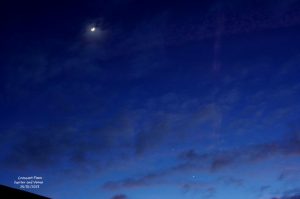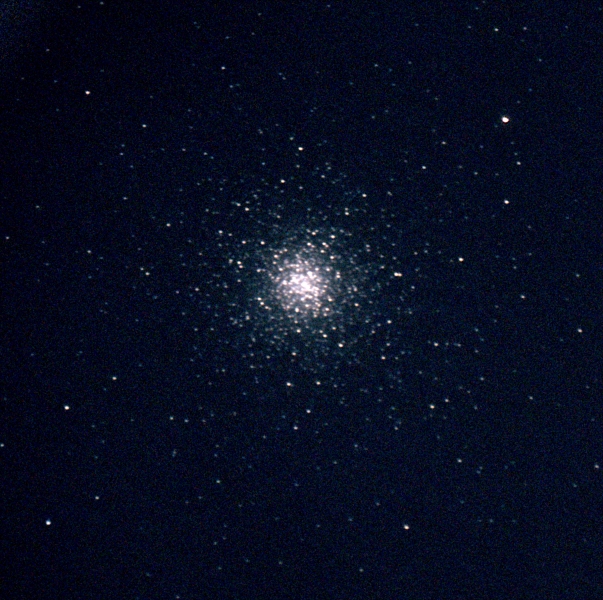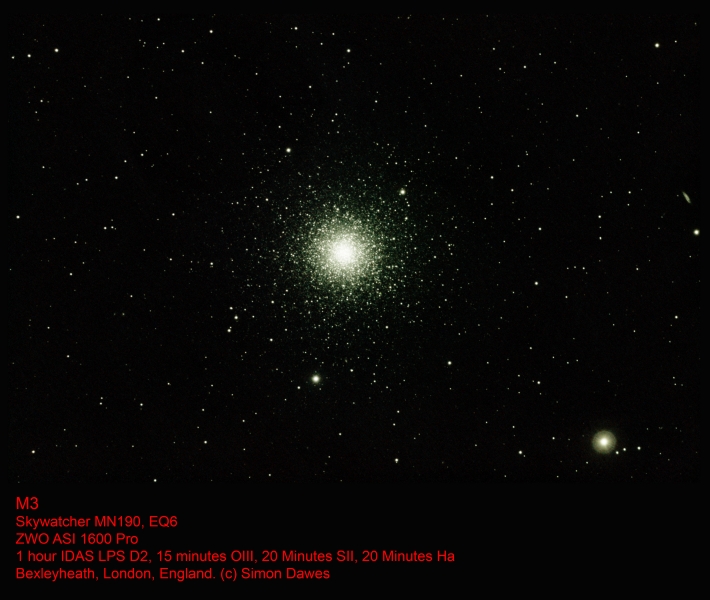''The Pleiades are also known as The Seven Sisters, Messier 45 and other names by different cultures, is an asterism and an open star cluster containing middle-aged, hot B-type stars in the north-west of the constellation Taurus. At a distance of about 444 light years, it is among the nearest star clusters to Earth. It is the nearest Messier object to Earth, and is the most obvious cluster to the naked eye in the night sky. The cluster is dominated by hot blue luminous stars that have formed within the last 100 million years.'' ref:https://en.wikipedia.org/wiki/Pleiades














 Image by Neil Webster - No details provided[/caption]
Image by Neil Webster - No details provided[/caption]
 Image by Leigh Slomer - no details provided[/caption]
Image by Leigh Slomer - no details provided[/caption] Image by Simon Dawes SkyWatcher, MN190, EQ6, ZWO ASI1600MM[/caption]
Image by Simon Dawes SkyWatcher, MN190, EQ6, ZWO ASI1600MM[/caption]